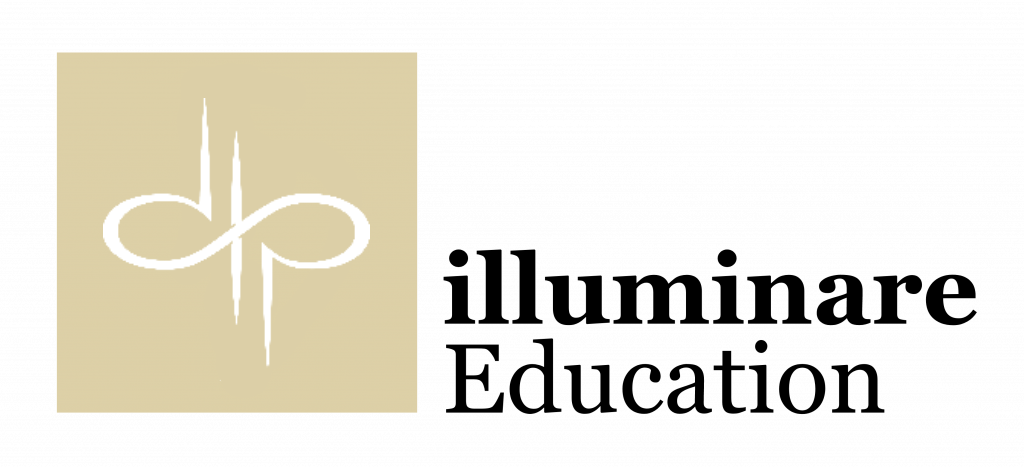The heavy regulatory burden restricts universities’ ability to innovate and puts a strain on scarce resources, according to the UUK report.
Research commissioned by the organisation in 2023 found that in 45 per cent of universities, this regulation takes up a significant or major proportion of governing bodies’ agendas
“The blueprint recommends streamlining and reducing bureaucracy”
Regulation is critical for the success of any sector, it provides assurances and confidence to the buyers that they will receive a quality product and provides reputational endorsement of the sector, which allows for improved trading opportunities, partnership, quality and growth both nationally and internationally.
However, when the balance of scales between regulation and resources tips into the former scale, the approach towards regulation from individual providers and the sector as a whole, can move from a positive mindset and attitude, to, well quite frankly, resentment.
Where providers start to question and even resent the need for regulation, because it makes them feel constricted and suffocated, two things can happen:
- Fight the system, actively pushing back on the regulator (via their quality team), questioning every regulation even if it is valid and ultimately cascading into a spiral of ‘them and us’ OR
- Apathy taking the least path of resistance, doing the bare minimum and investing too few resources, turning regulation into a tick box exercise
Both options serve no purpose and only bring about distraction from the ‘real’ work we are all here to do – providing the best student experience and ensuring quality of higher education.
Personally, as an experienced Quality and Compliance Specialist, hearing someone say “it’s just a tick box exercise” sends shivers down my spine – because it is absolutely not.
Q&C has the power to transform any business and then provide it with the framework and tools to grow sustainably and with all the assurances mentioned at the start.
So, let’s not throw the baby out with the bathwater – while the sector advocates for streamlining and reducing bureaucracy, let’s think about how we can review what and how we manage regulation ourselves.
Just because we have always run the same reports and analysed the same set of outcomes data, filled out the same forms and sat in the same meetings, doesn’t mean we need to keep doing it.
So, lets ask ourselves a few questions…
- Are we overcomplicating how we manage regulation, quality and compliance?
- What could WE do to streamline how we manage regulation in our setting?
- Have we identified the key regulatory areas of focus – are they still the same from 2020?
- Have we considered how software and automation can assist in reducing the regulatory burden?
- How could an independent agency assist providing a fresh perspective on regulatory governance?
At illuminare Education, we welcome and support the UUK’s Blueprint for Change.
Ready to transform your educational institution?
Contact illuminare Education today to learn more about our services and how we can help you achieve your goals.
Anita Wise, Head of Quality & Compliance, illuminare Education, October 2nd, 2024

